Home>Interior Design>5 Colors You Should Never Paint A Dark Room
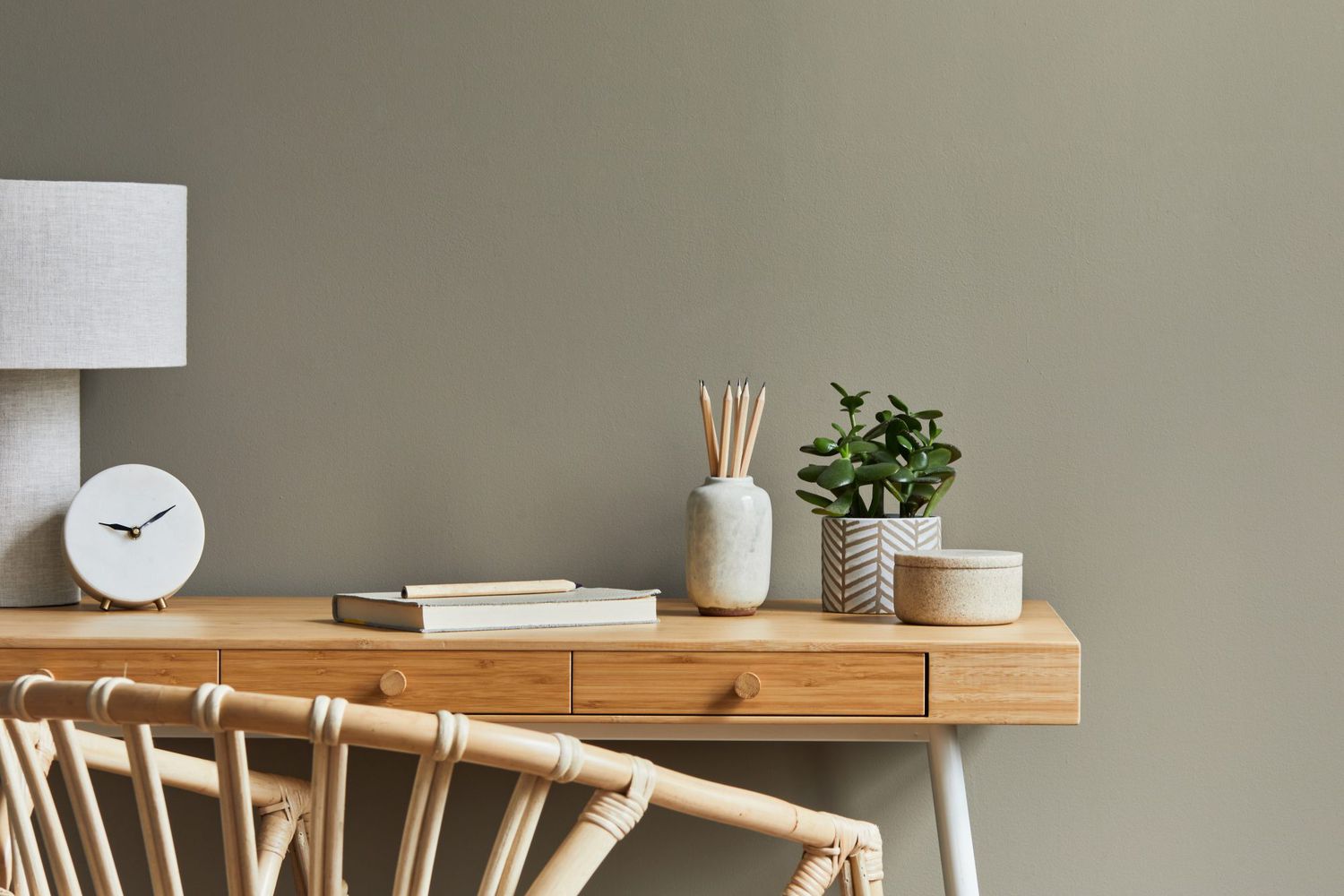

Interior Design
5 Colors You Should Never Paint A Dark Room
Modified: January 5, 2024
Discover the top 5 colors that are perfect for brightening up a dark room in your home's interior design. Avoid these colors to create a more spacious and inviting atmosphere.
(Many of the links in this article redirect to a specific reviewed product. Your purchase of these products through affiliate links helps to generate commission for Storables.com, at no extra cost. Learn more)
5 Colors You Should Never Paint a Dark Room
Choosing the right paint color for a dark room can be a challenging task. The goal is to find a color that can brighten up the space and create a sense of openness. While there are several colors that can achieve this, there are also some colors that should be avoided as they can make a dark room feel even gloomier. Here are 5 colors that you should never paint a dark room:
-
Key Takeaways:
- Avoid painting dark rooms with black, dark brown, navy blue, charcoal gray, and forest green. Opt for lighter shades to create a brighter, more spacious, and inviting atmosphere.
- Choose paint colors that reflect light and create a sense of openness in dark rooms. Lighter shades, warm neutrals, and pastel colors can transform a gloomy space into a vibrant and comfortable haven.
Black
While black may seem like a bold and dramatic choice, it is not suitable for a dark room. Black absorbs light instead of reflecting it, which can make the room feel smaller and more enclosed. It can also create a heavy and oppressive atmosphere. If you want to incorporate black into the room, consider using it in small accent pieces or furniture rather than on the walls.
-
Dark Brown
Similar to black, dark brown is a color that can make a dark room feel even darker. It tends to absorb light and can create a heavy and cave-like ambiance. Instead of opting for dark brown walls, consider using lighter shades of brown or warm neutrals that can add warmth and brightness to the space.
-
Navy Blue
Navy blue is a beautiful and sophisticated color, but it is best suited for well-lit rooms. In a dark room, navy blue can make the space feel cold and somber. It lacks the brightness and vibrancy needed to uplift a dark room. If you love the color blue, opt for lighter shades such as sky blue or powder blue to create a more airy and inviting atmosphere.
-
Charcoal Gray
While gray is often considered a versatile and neutral color, charcoal gray, especially in a dark room, can create a heavy and oppressive feeling. It can absorb light and make the room feel smaller and more enclosed. If you prefer a gray color, opt for lighter shades of gray that can reflect light and create a more open and spacious feeling.
-
Forest Green
Forest green is a deep and rich color that can add a touch of nature and elegance to a space. However, in a dark room, it can make the room feel like a cave and lack brightness. Instead, opt for lighter shades of green, such as mint green or sage green, which can bring a sense of freshness and vitality to the space.
When it comes to painting a dark room, it’s important to choose colors that can brighten up the space and create a sense of openness. Avoiding colors like black, dark brown, navy blue, charcoal gray, and forest green can help you achieve a more vibrant and inviting atmosphere. Instead, opt for lighter shades, warm neutrals, and pastel colors that can reflect light and make the room feel brighter and more spacious. By selecting the right paint color, you can transform your dark room into a welcoming and comfortable space.
Introduction
Painting a dark room can be a challenging task. Dark rooms typically have limited natural light, which can make them feel enclosed and gloomy. However, with the right choice of paint color, you can transform a dark room into a warm and inviting space.
The key is to select colors that can brighten up the room and create a sense of openness. While there are numerous colors that can achieve this effect, there are also some colors that should be avoided as they can make a dark room feel even darker and more oppressive.
In this article, we will explore the top 5 colors that you should never paint a dark room. By steering clear of these colors, you can ensure that your space feels light, airy, and welcoming.
It’s important to note that when it comes to color selection, personal preferences play a crucial role. Different individuals may have varying tastes and preferences. However, the colors mentioned in this article have been identified as less suitable for dark rooms based on their light-absorbing properties and potential to make the room feel smaller and more enclosed.
So, if you’re ready to start your journey to transform your dark room, let’s dive into the colors that you should avoid!
Key Takeaways:
- Avoid painting dark rooms with black, dark brown, navy blue, charcoal gray, and forest green. Opt for lighter shades to create a brighter, more spacious, and inviting atmosphere.
- Choose paint colors that reflect light and create a sense of openness in dark rooms. Lighter shades, warm neutrals, and pastel colors can transform a gloomy space into a vibrant and comfortable haven.
Black
Black may be a bold and dramatic color, but it is not suitable for painting a dark room. Black absorbs light instead of reflecting it, which can make the room feel even smaller and more enclosed. It can create a heavy and oppressive atmosphere that can be overwhelming.
While black can be used sparingly as an accent color or in furniture pieces, using black as the primary wall color in a dark room is not recommended. The lack of reflected light can make the room feel cave-like and gloomy.
If you still want to incorporate black into your dark room, consider using it in small doses or as an accent color. For example, you can choose black furniture or accessories to add a touch of elegance and sophistication. Pairing black with lighter shades can also create a contrasting effect and help balance the darkness.
However, it’s important to note that using black in a dark room should be approached with caution. Careful consideration is needed to strike the right balance and prevent the room from feeling overly dark and somber.
In summary, while black can be a powerful and stylish color, it is not ideal for painting a dark room. The lack of reflected light can make the space feel smaller and more enclosed, leading to a heavy and oppressive atmosphere. If you still desire the elegance of black, use it sparingly as an accent color rather than as the main wall color.
Dark Brown
Dark brown is another color that should be avoided when painting a dark room. Like black, dark brown has the tendency to absorb light rather than reflect it. This can make the room feel even darker and more suffocating.
Using dark brown as the main wall color in a dark room can create a heavy and cave-like ambiance. The lack of light reflection can make the space appear smaller and more confined, diminishing any sense of openness or brightness.
Instead of opting for dark brown, consider using lighter shades of brown or warm neutrals. Lighter brown tones, such as beige or taupe, can add warmth to the room while maintaining a brighter and more inviting atmosphere. These colors reflect more light and help create the illusion of a larger space.
Incorporating contrasting elements can also help alleviate the gloominess of a dark room. Pairing lighter brown walls with brighter accents or furniture pieces can create a visual balance and bring in lightness and airiness to the space.
Remember, the goal is to create a sense of openness and brightness in a dark room. While dark brown may be a rich and cozy color, it is not the best choice when it comes to enhancing the overall atmosphere of a dark space.
To summarize, it is advisable to steer clear of dark brown when painting a dark room. Opting for lighter shades of brown or warm neutrals can help create a more inviting and open atmosphere. By choosing the right color, you can breathe new life into your dark room and make it a more enjoyable space to be in.
Navy Blue
Navy blue is a beautiful and sophisticated color that can add a touch of elegance to any space. However, when it comes to painting a dark room, navy blue should be avoided. Its deep hue can make the room feel even colder and more somber.
In a dark room, navy blue lacks the brightness and vibrancy needed to uplift the space. It tends to absorb light rather than reflect it, contributing to a darker and more enclosed atmosphere. As a result, the room may feel smaller and less inviting.
If you are drawn to the color blue, consider opting for lighter shades such as sky blue or powder blue. These lighter tones can create a more airy and refreshing ambiance, helping to brighten up the room and make it feel more spacious.
Incorporating other lighter colors or contrasting accents can also help counterbalance the darkness associated with a dark room. By combining lighter shades with navy blue, you can create a visually interesting and dynamic space.
It’s important to note that personal preferences and individual room characteristics may play a role in the suitability of navy blue for a dark room. Some individuals may prefer a more moody and intimate atmosphere. However, for those seeking to maximize brightness and openness, opting for lighter shades of blue is a better choice.
In summary, while navy blue is a timeless and elegant color, it is not recommended for painting a dark room. Its deep hue can make the room feel colder and less inviting. Instead, consider lighter shades of blue to create a more refreshing and spacious ambiance.
Charcoal Gray
Gray is often regarded as a versatile and neutral color choice that can work well in various spaces. However, when it comes to painting a dark room, charcoal gray should be approached with caution. The dark and deep nature of charcoal gray can contribute to a heavy and oppressive feeling in a room with limited natural light.
In a dark room, charcoal gray tends to absorb light rather than reflect it. This can make the space feel smaller, more enclosed, and devoid of brightness. The lack of light reflection can diminish any sense of openness and make the room appear gloomy.
Instead of opting for charcoal gray, it is recommended to choose lighter shades of gray that can help brighten up the room. Lighter grays have a better ability to reflect light, creating the illusion of a more spacious and inviting atmosphere.
Pairing lighter shades of gray with brighter accents and furniture can also help balance the darkness and create a more dynamic visual appeal. Lighter colors can infuse a sense of airiness and freshness into the room, making it a more enjoyable space to be in.
It’s important to consider the overall lighting and mood you wish to achieve in the room. While charcoal gray may be a sophisticated and trendy color, it may not be the best choice for enhancing the overall atmosphere of a dark room.
In summary, when painting a dark room, it is advisable to steer clear of charcoal gray. Opting for lighter shades of gray can help create a brighter and more inviting space, while still maintaining the versatility and sophistication that gray offers.
Forest Green
Forest green is a deep and rich color that can bring a sense of nature and elegance to a room. However, when it comes to painting a dark room, forest green should be avoided. Its dark and intense hue can make the room feel even darker and more closed off.
In a dark room, forest green lacks the brightness and vibrancy needed to uplift the space. Similar to other dark colors, it tends to absorb light rather than reflect it. This can create a heavy and overwhelming atmosphere, making the room feel smaller and more cramped.
Instead of opting for forest green, consider choosing lighter shades of green that can bring a sense of freshness and vitality to the space. Lighter greens, such as mint green or sage green, have a better ability to reflect light and create a more uplifting and open ambiance.
Introducing other elements of contrast, such as lighter furniture or accessories, can also help balance the darkness of a dark room. By incorporating pops of lighter colors alongside the green, you can create a visually appealing and dynamic space.
However, it’s important to note that personal preferences and the specific characteristics of the room may influence the suitability of forest green. Some individuals may prefer a more intimate and cozy atmosphere. If that’s the case, using forest green sparingly as an accent color or in small doses can create a touch of drama without overwhelming the space.
In summary, while forest green can add a touch of elegance and nature to a room, it is not recommended for painting a dark room. Opting for lighter shades of green can help create a more uplifting and spacious environment. Remember to strike a balance with contrasting elements to enhance the overall aesthetic of the space.
Conclusion
Choosing the right paint color is crucial when it comes to transforming a dark room into a more inviting and brighter space. While personal preferences may vary, there are certain colors that should be avoided as they can make a dark room feel even darker and more oppressive. In this article, we have explored the top 5 colors that you should never paint a dark room: black, dark brown, navy blue, charcoal gray, and forest green.
Black, with its light-absorbing properties, can make a space feel smaller and more enclosed. While black can be used as accent pieces, using it as the primary wall color in a dark room is not recommended.
Dark brown, similar to black, can create a heavy and cave-like ambiance. Lighter shades of brown or warm neutrals are a better option to add warmth and brightness to a dark room.
Navy blue lacks the brightness and vibrancy needed to uplift a dark room. Opt for lighter shades of blue to create a more airy and inviting atmosphere.
Charcoal gray, while versatile, can contribute to a heavy and oppressive feeling in a dark room. Lighter shades of gray can help create a more spacious and welcoming ambiance.
Forest green, with its deep hue, can make a room feel even darker and more closed off. Choose lighter shades of green to bring freshness and vitality to the space.
By avoiding these colors and opting for lighter shades, warm neutrals, or pastel colors, you can enhance the brightness and sense of openness in your dark room. Remember, the goal is to create a welcoming and comfortable space by selecting colors that reflect light and create the illusion of a larger area.
Ultimately, the choice of paint color for a dark room should be guided by personal preference and the desired atmosphere. However, by taking into consideration the light-absorbing properties of certain colors, you can make a more informed decision and ensure that your dark room feels bright and inviting.
So, go ahead and transform your dark room into a vibrant and welcoming space by choosing the right paint color. With the right colors, you can create a haven that you’ll love spending time in.
Frequently Asked Questions about 5 Colors You Should Never Paint A Dark Room
Was this page helpful?
At Storables.com, we guarantee accurate and reliable information. Our content, validated by Expert Board Contributors, is crafted following stringent Editorial Policies. We're committed to providing you with well-researched, expert-backed insights for all your informational needs.
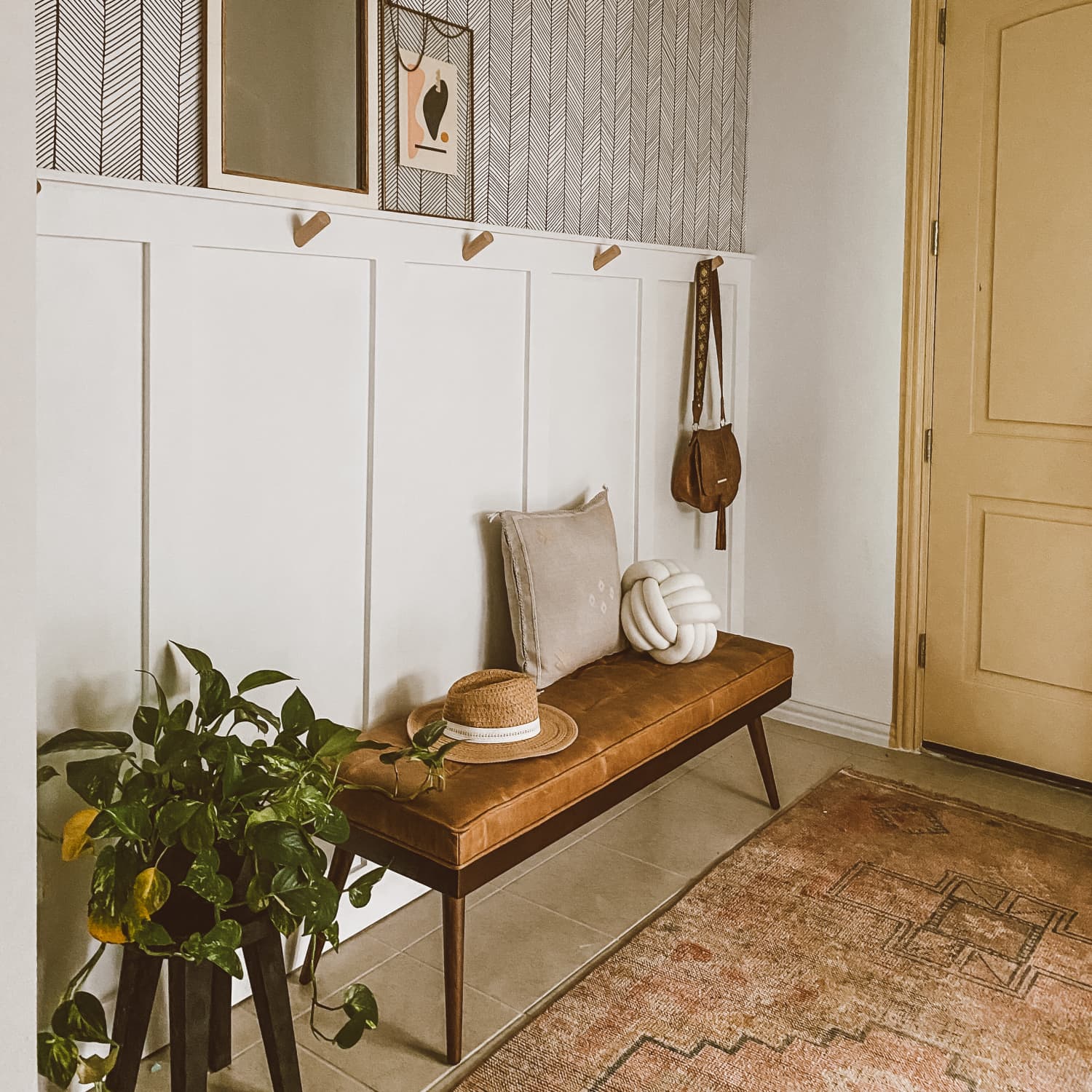
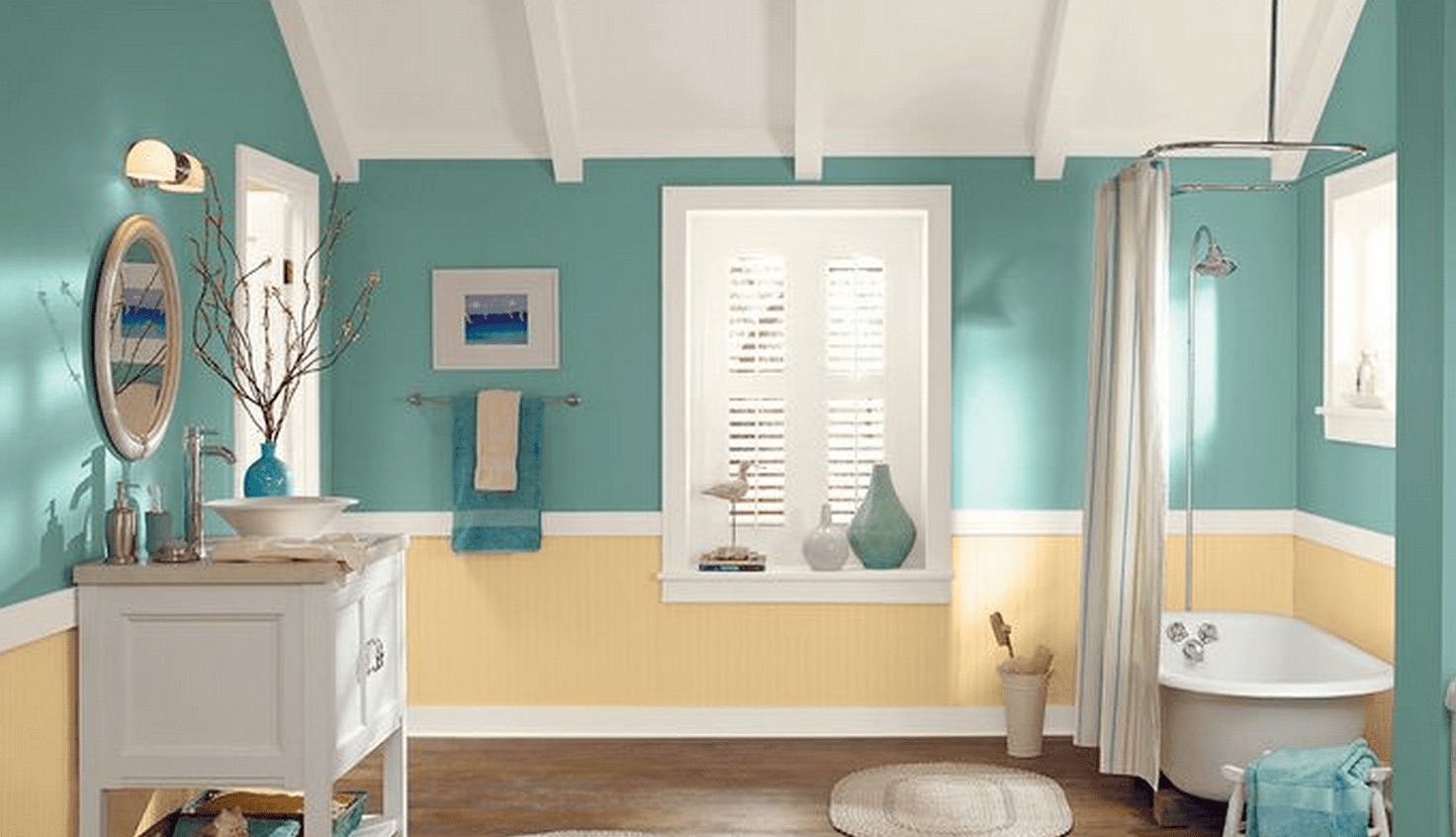

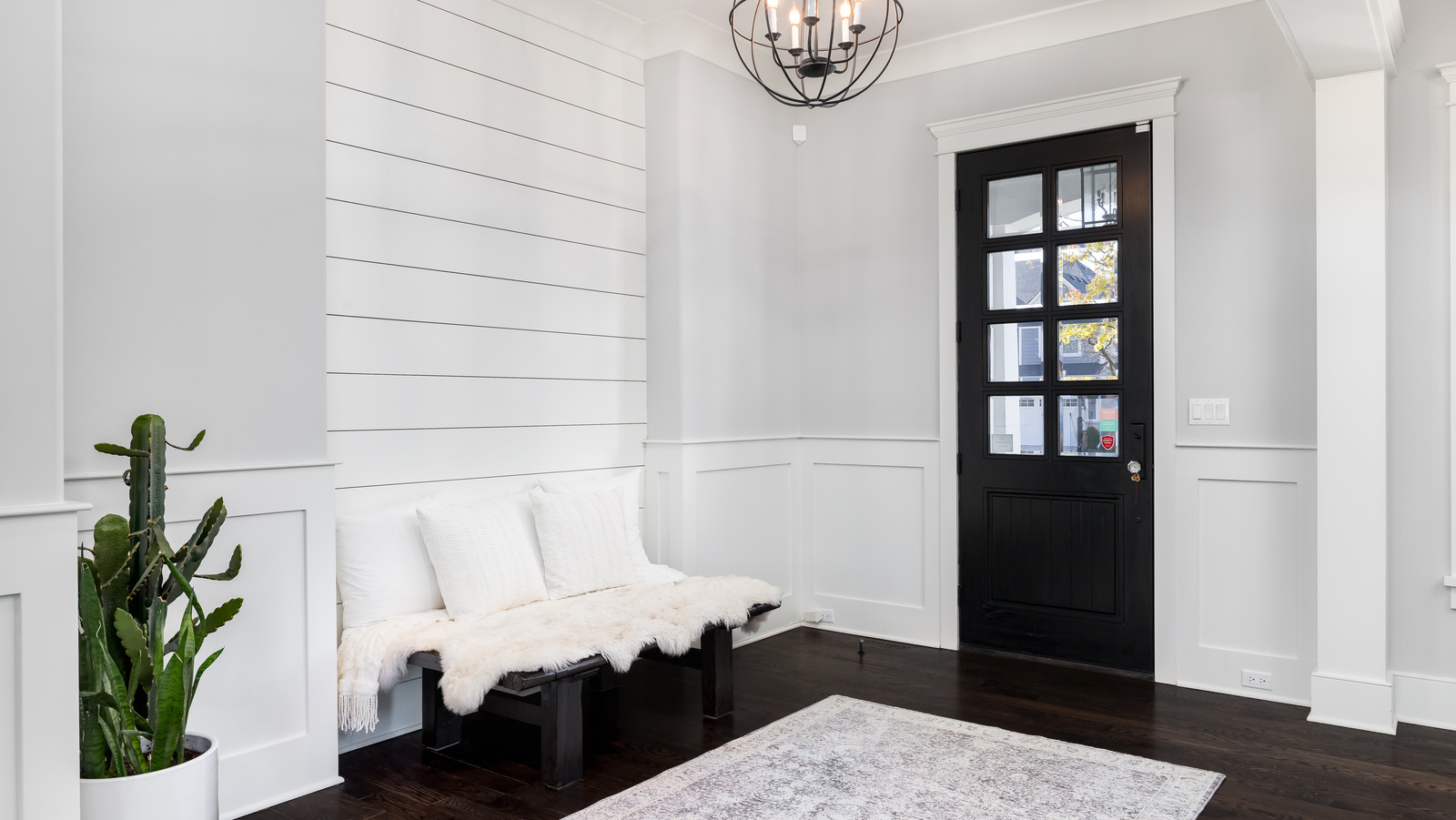

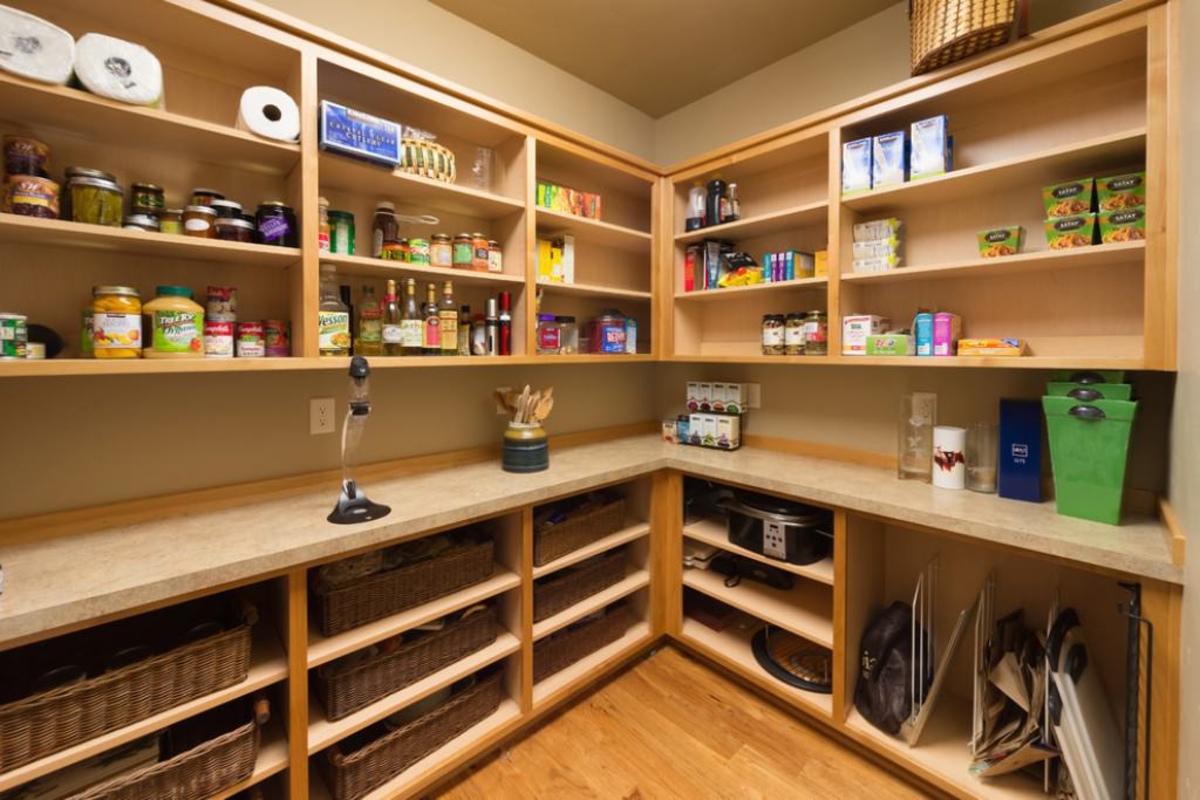
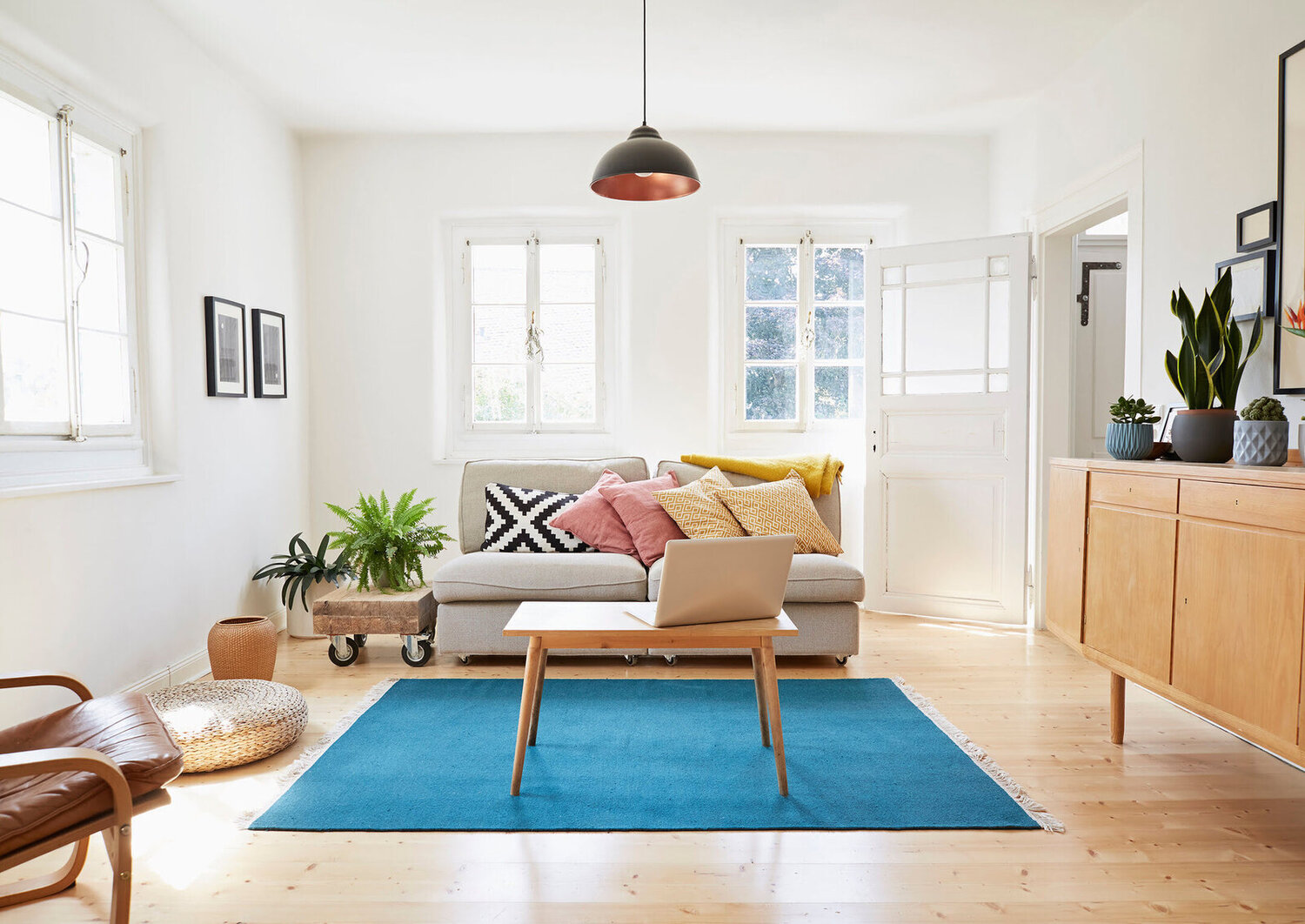
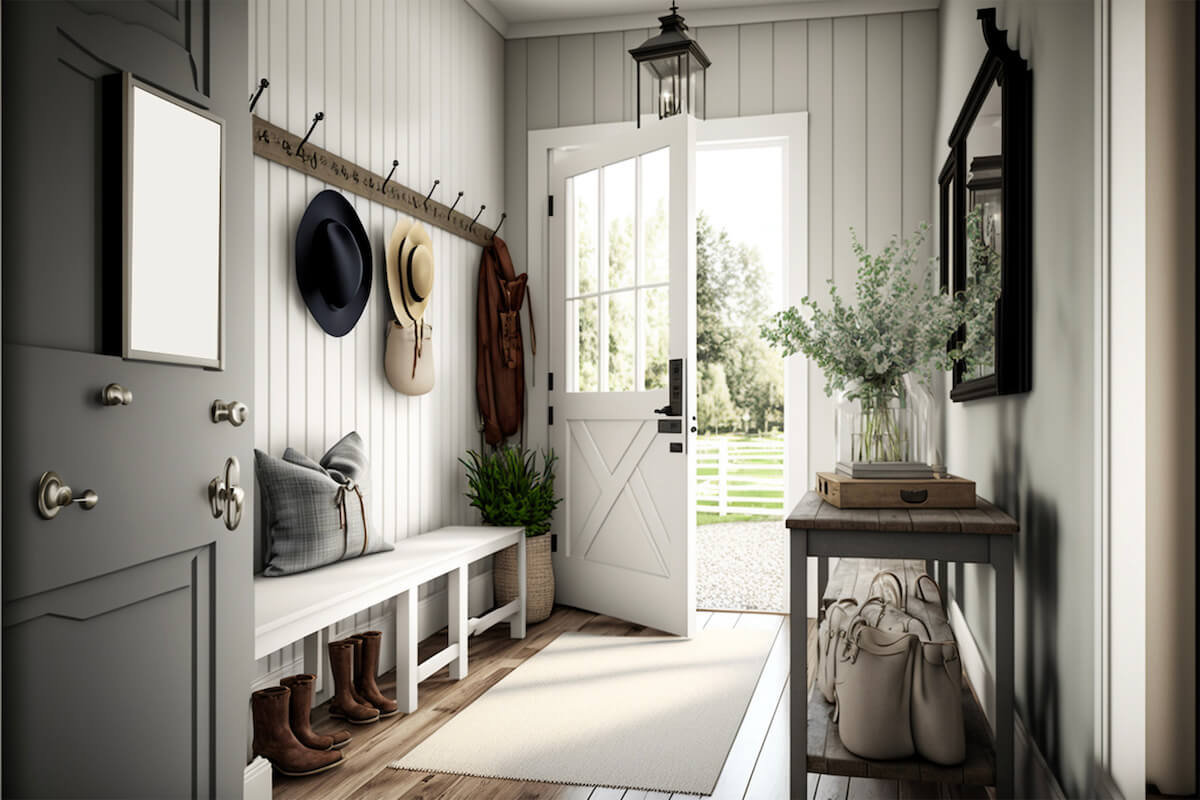



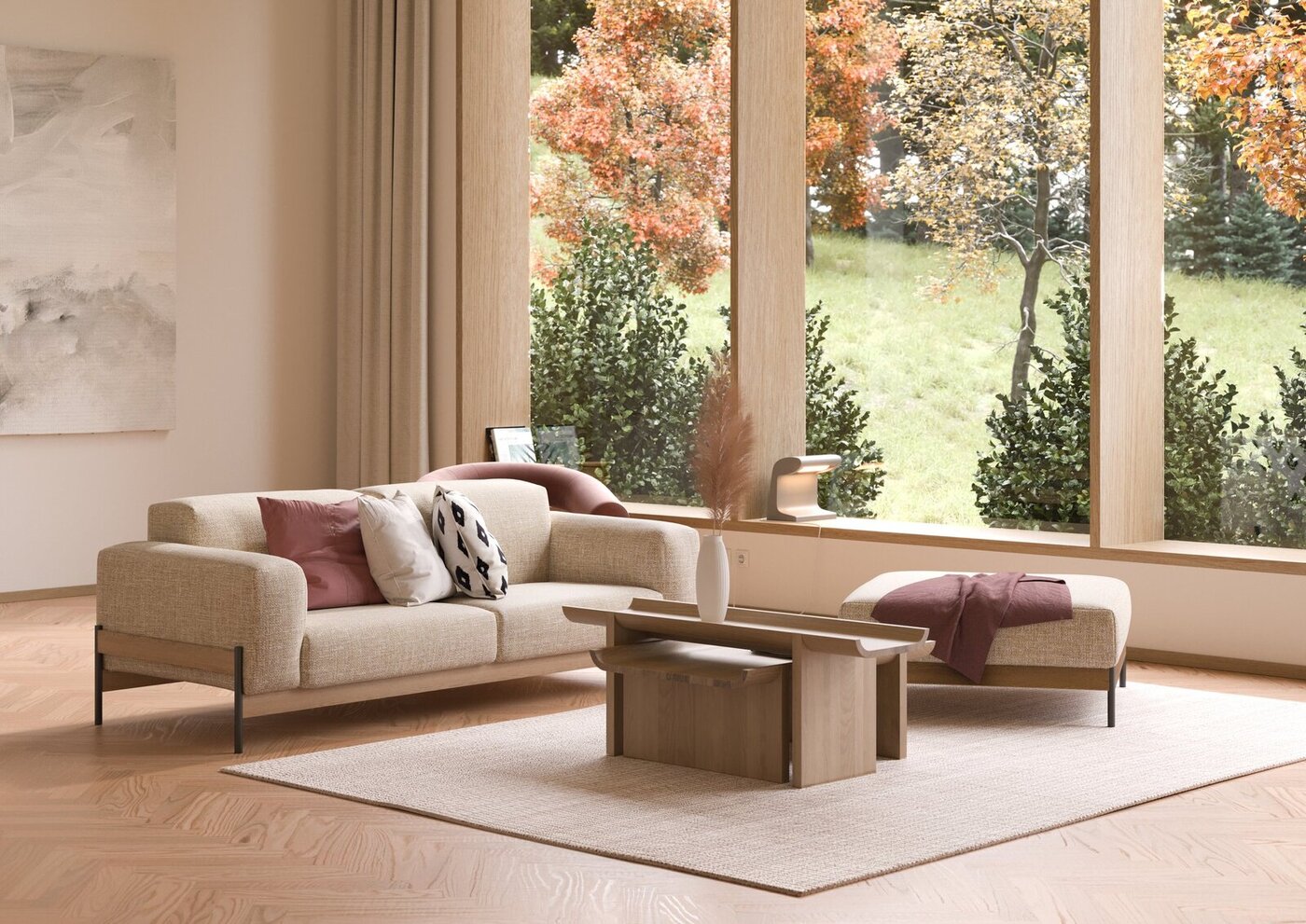
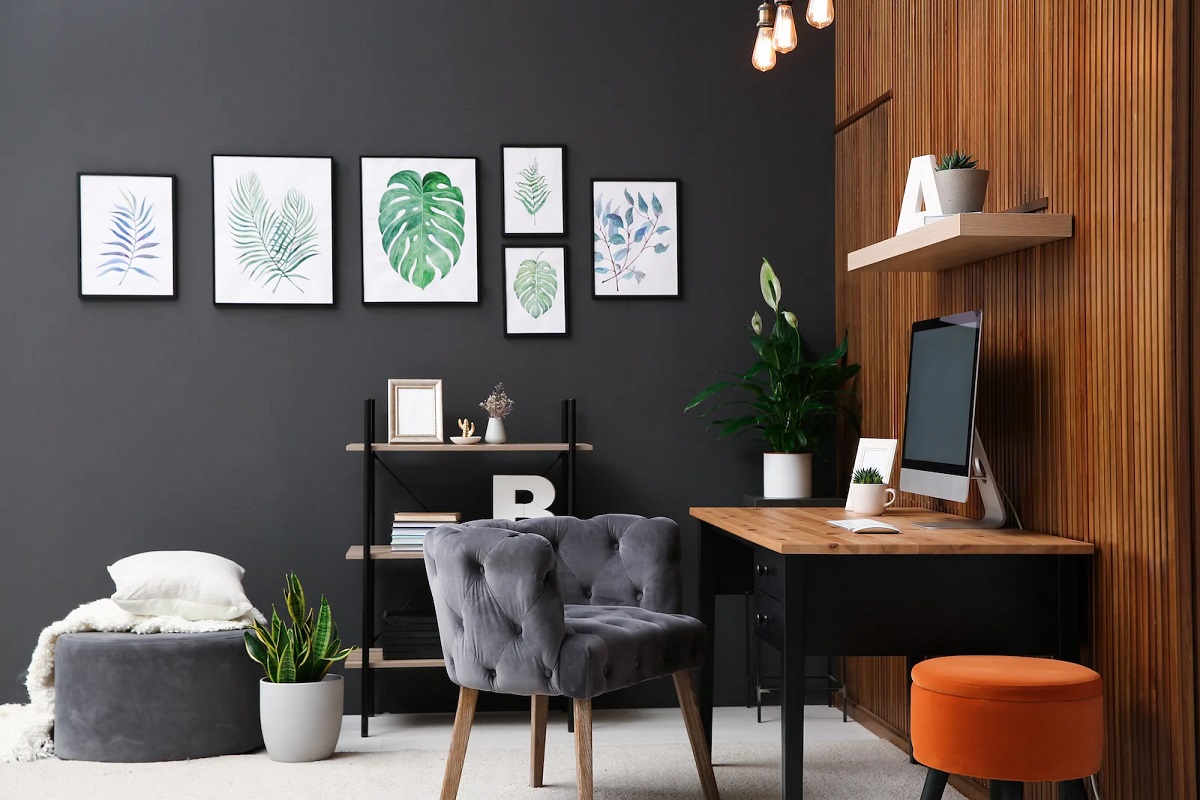

0 thoughts on “5 Colors You Should Never Paint A Dark Room”